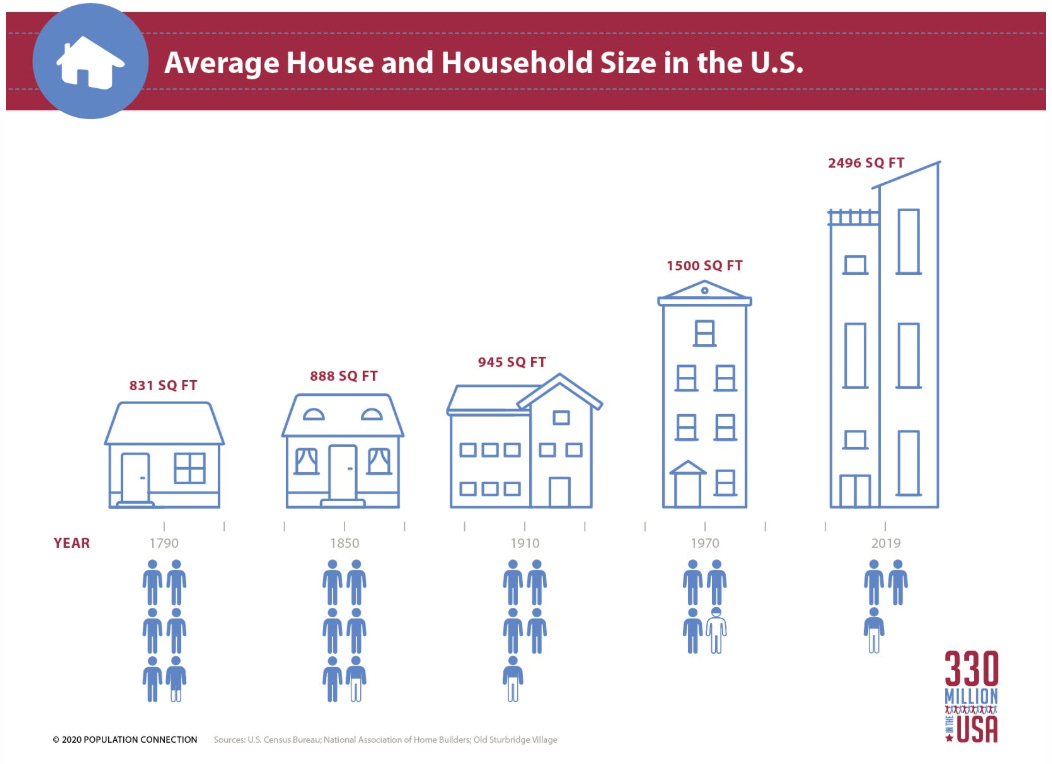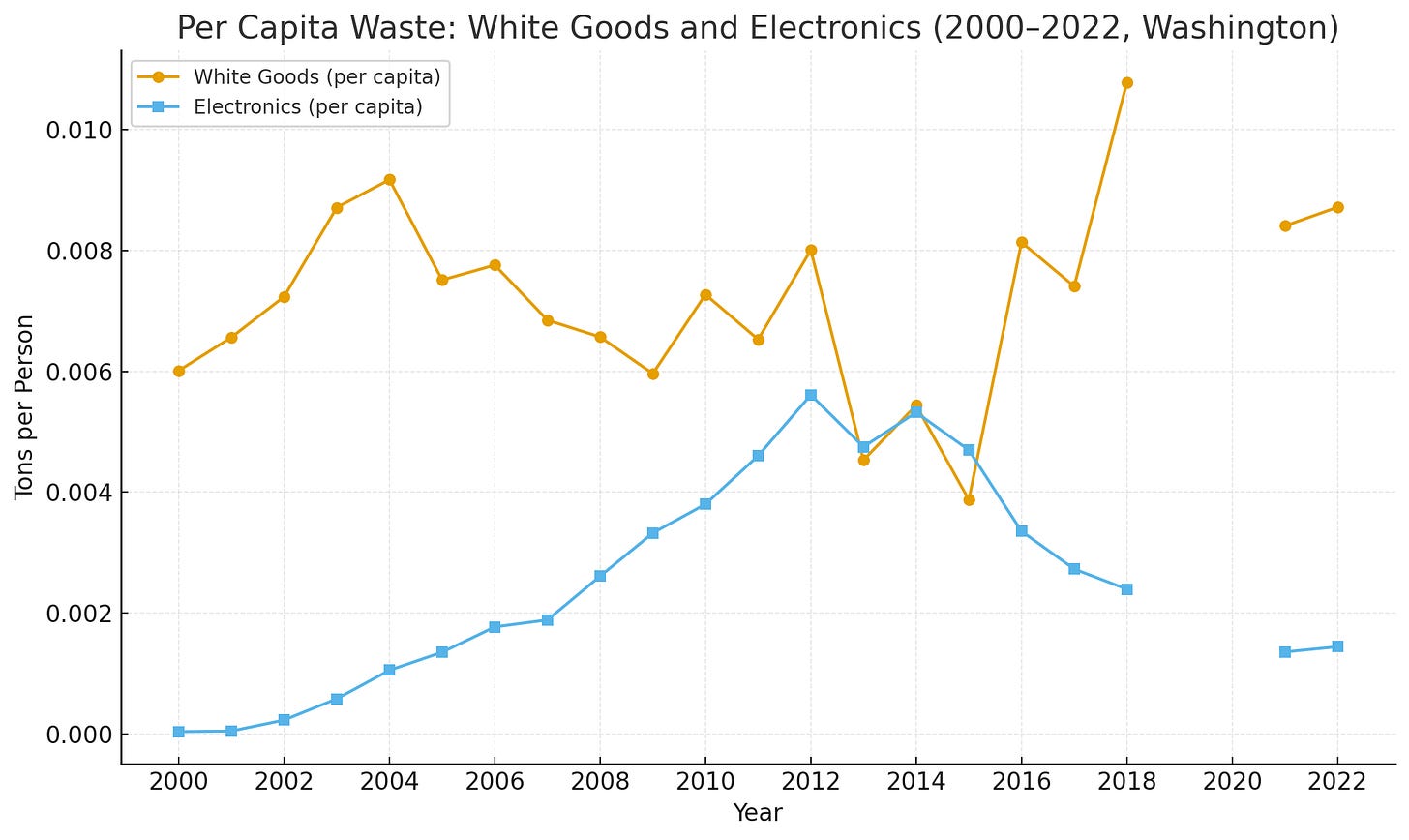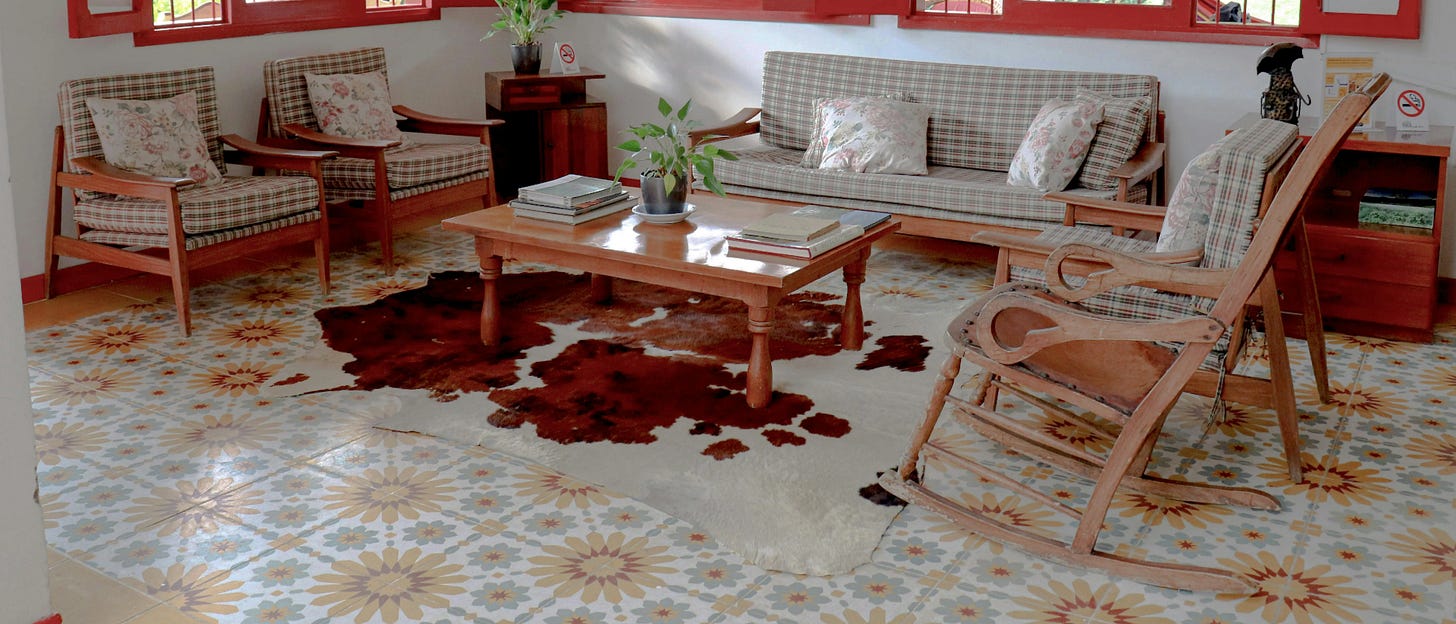The Hidden Suburban Logic Behind America’s Products
How suburban life quietly redefined everything we buy, use, and throw away.
I recently moved apartments within the same urban neighborhood. We had to hire someone to junk our 6-year-old couch, as large items that cannot be dismantled need special disposal. It was not broken, the frame was fine but the cushions were worn and not designed to be replaced. I searched for a used couch to replace it and every single one of them needed a minivan as if they were never designed for a move. Once worn out, it would sit in a garage until disposal or on a driveway until trash day. On the contrary, back home in India, my family’s carved wooden sofa of 18 years comes apart in minutes and stacks up with cushions. Ready to be carried, repaired, and put straight back to use. This isn’t about the sofa but how decades of design built on suburban assumptions don’t fit city life.
Some may see this solely as designed obsolescence or suburban excess, but this isn’t about clutter. The design culture that we largely see today can be traced back to the 1970s. Before the 1970s, refrigerators were narrow, designed to fit compact kitchens. A single-door fridge/freezer combo would barely be wider than the doorway. Outdoor furniture was lightweight, foldable aluminum chairs, could be stored compactly in closets. Holiday decor was a string of lights with few ornaments, tucked away in a single box. Despite using the same materials, the physical footprint of these items has increased enormously with time. Today we see French-door fridges which feel more like wardrobes, large patio furniture feels like an indoor sectional out for fresh air, and to top it off we’ve been keeping up with the Joneses 12-foot Halloween decor which is anything but compact. Unsurprisingly, this shift over the last 50 years coincides with and is enabled by the increasing suburban home size from 1500 sq ft in the 1970s to ~2500 sq ft today.

More space to buy big
This shift encouraged car-centric consumption, which in turn resulted in retail consolidation into large supermarkets. It also normalized bulk shopping as the default. Over time, large bulk packaging and product design catered almost entirely to suburban homes and small businesses. Costco, originally opened in the 1970s to bulk supply small businesses, began serving households in the mid-1980s. The model worked as suburban homes could store 25-pound flour bags, cleaning supplies in gallon jugs, everything in twin packs, a pack of 150 batteries. In cities, buying only what you need became harder and sometimes even more expensive as small box stores vanished. Many households chased the illusion of savings in quantities they couldn’t reasonably store or finish.
While the change in product size is easy to spot, there were other subtler design shifts. Until the 1970s, every kitchen could hold one or two core appliances. Stand-mixers were an integral part of every kitchen, used for everyday tasks like making dough, mixing, and whipping. They were made completely of metal, serviceable, and were expected to last decades with everyday use. Blenders were still a premium item used for specific occasional tasks like milkshakes and soups. By the 1970s, the suburban kitchen space had grown in size with more cabinets, more counter space, and more plugs.
Impulsive house-filling
The abundance of space not only made it easier for people to cook but eased people into buying specialty kitchen appliances like smoothie blenders, countertop juicers, ice crushers, food processors, electric sandwich makers in new vibrant colors, often with playful attachments, made entirely out of plastic. In a span of just two decades, even the stand-mixers which were once built to last were just another plastic appliance. By the 1980s, the big box stores sold appliances as fun extras for under $20, encouraging impulse purchases as holiday gifts. Cheap kitchen appliances were expensive to repair and sometimes irrepairable due to the way they were manufactured. This cemented the idea that kitchen gadgets were to be replaced and not repaired.
Why repair?
“Buy once, use for life” was now “Buy cheap, Buy more.” Companies no longer made repairable appliances and focused on aesthetics, manufacturing efficiency, and time to market. This shift bled into other household items. Hobby items like sewing machines which were entirely made of metal, now had integrated circuits with plastic components. This was yet another plastic perceived non-essential that stayed in the garage until it broke. In contrast, the same models sold in Tokyo still had metal parts. In a 500-sq-ft apartment every inch matters and every inch pays rent. Anything that occupies prime space must earn its place: essentials first, must be repairable, and must last for years to come.
If this is not enough evidence, this tremendous shift in design is revealed in the most unexpected place — an urban residential trash room. Seattle’s 2023 waste composition study revealed that the second-largest category of self-hauled residential waste ie; furniture, appliances, and electronics, accounted for about 15 percent of the total, second only to construction debris. Per-capita disposal data shows that even as electronics and appliances became lighter and more compact after the mid-2000s, the overall volume of waste continued to rise.

All this points to one thing - suburbia provided the spatial buffer for disposable trends which has now affected product design. Without a driveway for oversized curbside pickups, or a garage to hold bulk packs of soda, the economics of big-box retail and throwaway appliances would have been far harder to sustain.





Great read! I think this same comparison could be made to the overall quality of housing/building materials we see today. It is a great feat to construct a building that will last even 100 years today, while you can go to Rome and see buildings that are still standing, and still functioning, built centuries, and some times millennia before.
Awesome read, I also think being able to repair your belongings means you learn and value your belongings more -- our culture of consume and throw away normalizes waste!